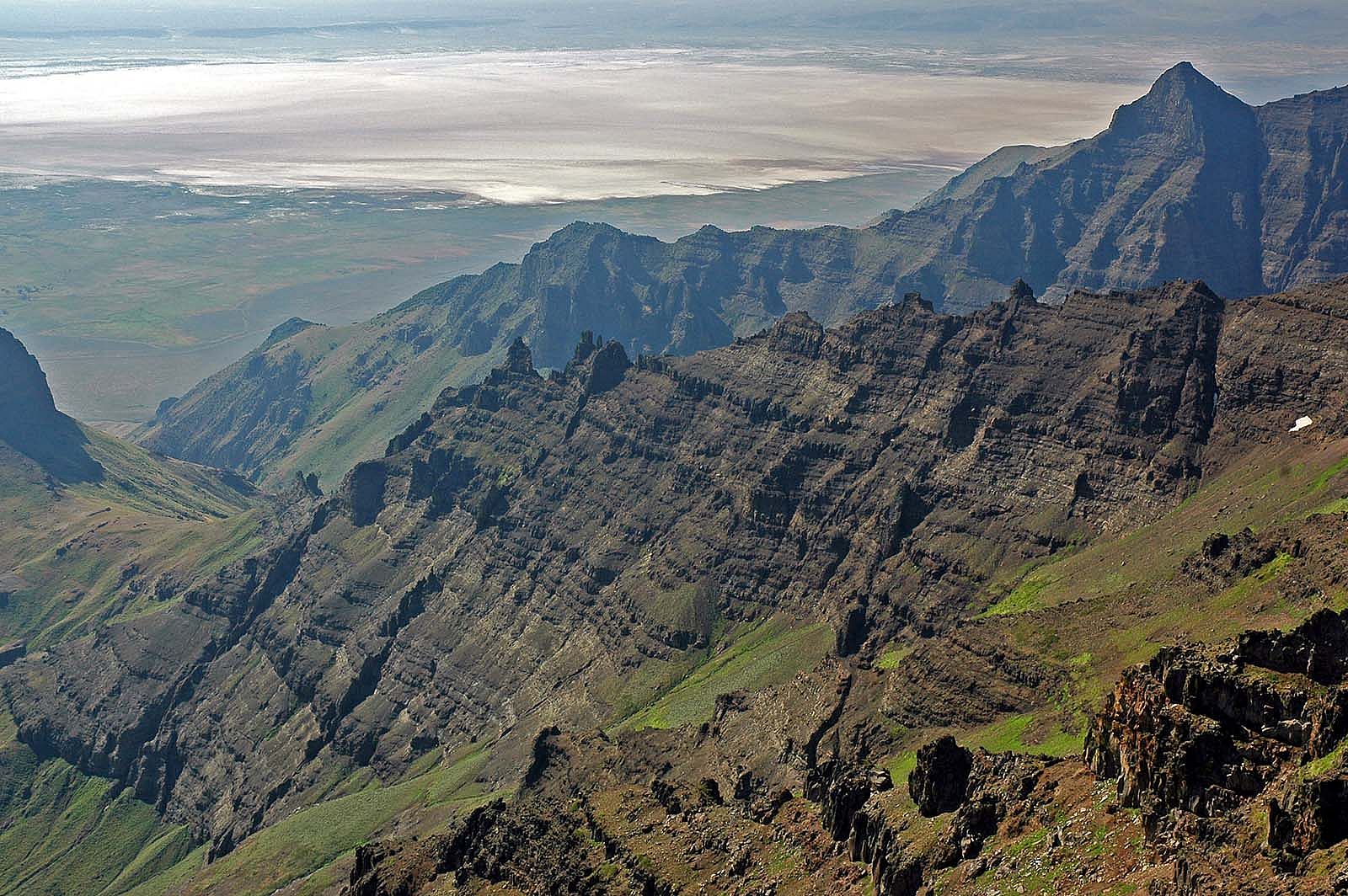
- This event has passed.
Talk: The Case for a Long-Lived and Robust Yellowstone Hotspot
June 2, 2022 @ 12:00 pm - 1:00 pm MDT

The Case for a Long-Lived and Robust Yellowstone Hotspot
By Victor E. Camp and Ray E. Wells
June 2, 2022
Free
Join us for our June Lunchtime Expedition, The Case for a Long-Lived and Robust Yellowstone Hotspot, presented by Victor E. Camp and Ray E. Wells. The in-person talk takes place in the Center’s Coe Auditorium, with a virtual option available.
If you prefer to join us online, you may register in advance via Zoom webinar: https://us02web.zoom.us/webinar/register/WN_s_hb7fUrTzaHTDImF2IArw
After registering, you will receive a confirmation email containing information about joining the webinar. By registering, your e-mail address will be added to our list for updates on upcoming Lunchtime Expedition and Draper After Dark speakers. You can unsubscribe from that list at any time, either by clicking “Unsubscribe” at the bottom of those e-mails or by contacting [email protected].
About the presentation
The Yellowstone hotspot (YHS) is well-known for producing super-eruptions far more explosive than those of human experience, but less is known about the ultimate source of these eruptions and the longevity of the hotspot itself. The energetic source appears to derive from a plume of hot material that extends well into the Earth’s interior to the core-mantle boundary at a depth of 2,900 km. We discuss evidence for a long-lived and robust YHS first manifested by early marine volcanism offshore of Washington and Oregon 56 million years ago (Ma). This generated the Siletzia oceanic plateau that accreted onto the Pacific Northwest coast at 50 Ma. The YHS was overridden by North America at this time and shielded beneath the subducting Farallon plate from 42 to 34 Ma. As the YHS eventually broke through the slab it would produce a linear track of volcanic provinces that decreases in eruption age from the Oregon-Nevada border region through southern Idaho to Yellowstone National Park. Early eruptions along this trend generated high-potassium volcanism, with coeval “adakite” volcanism above the hot plume center. High-volume flood-basalts of the Columbia River Basalt Group erupted at 17–16 Ma, marking full arrival the YHS plume from beneath the subducting slab, followed by the classic bimodal volcanism that defines the Yellowstone-Snake River Plain hotspot track from late Miocene to recent time.

About the speakers

Ray Wells received his BS in Geological Science from Penn State, his MS from the University of Oregon, and his PhD from the University of California, Santa Cruz. He has been investigating the geologic evolution and seismic hazards of the Cascadia subduction zone in the northwestern United States for the U.S. Geological Survey since 1975. He is a recipient of the Distinguished Service Award of the Department of the Interior, and was the 2017 recipient of the Geological Society of America’s Geologic Mapping Award in honor of Florence Bascom.

Vic Camp received his BS in Geological Sciences from Marshall University, his MS from Miami University, and his PhD from Washington State University. He spent 10 years in Africa, Iran, and Saudi Arabia before obtaining a teaching and research position at San Diego State University in 1988. His research is well-published in the international literature with more than 4,500 citations. His current research focus is on the geologic evolution of volcanic terrains in the Pacific Northwest, with a specific interest on volcanism related to the early history of the Yellowstone hotspot. He was inducted as a Fellow of the Geological Society of America in 2021.
Upcoming Lunchtime Expeditions
• July 7: Can Behavior Help Species Cope with a Changing Climate
• August 4: Land Rematriation with Buffalo Restoration is Reconciliation
• September 1: Bats & Bones: What’s New at the Draper Natural History Museum?
• October 6: The Costs of Thermoregulatory Behavior: How Are Moose in the Cody Region Coping as Summers Intensify?
• November 3: Evidence for Glaciation in the Northwestern Big Horn Basin and the Absaroka and Beartooth Mountains
• December 1: Camps, Kills, and Mountain Landscapes: Records of Bison